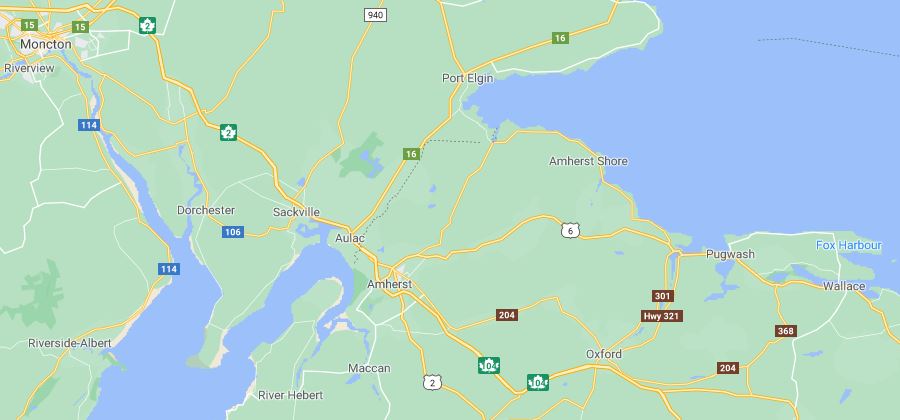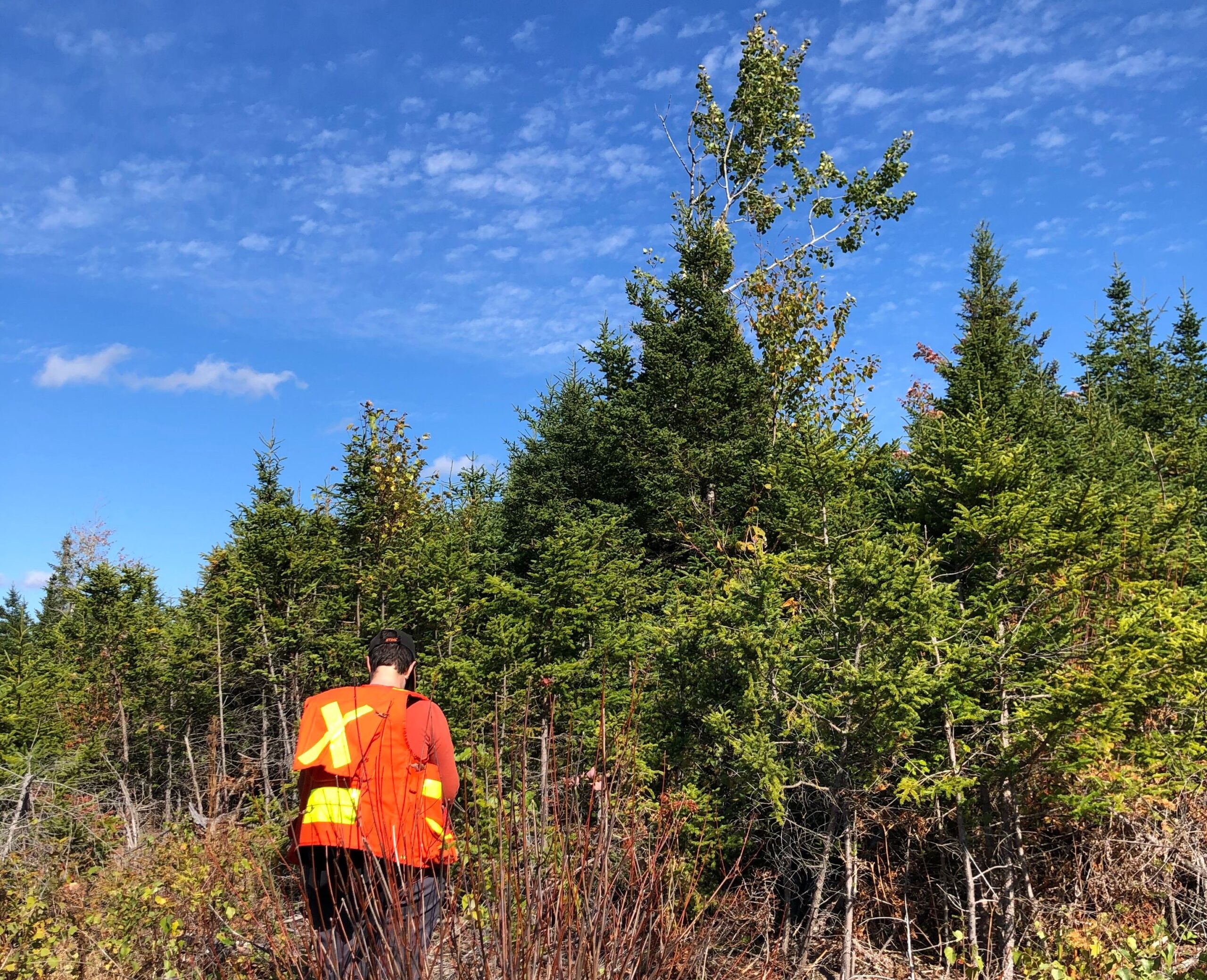Innovative Forest Management on the Chignecto Isthmus
By Rebecca Jacobs, Posted on January 18, 2021
The Chignecto Isthmus is the narrow strip of land bridging Nova Scotia and New Brunswick. As the only transportation corridor between Nova Scotia and mainland Canada, the isthmus is vitally important for local communities and nature alike. Unfortunately, the region faces many threats–from natural habitat fragmentation to risk of flooding exacerbated by rising sea levels. The vulnerability and importance of the Chignecto Isthmus is why Community Forests has been protecting and restoring forest in the region since 2014. Most recently, we are proud to be part of collective effort by conservation groups, Indigenous organizations, the provincial governments, and other stakeholder groups working together to create a long-term conservation plan for the region.

At Community Forests, we continually strive to walk the talk. That is why we are using the forests we steward to put into practice our innovative approach to forest management: climate-adaptive restoration. This approach prioritizes forest restoration, biodiversity restoration, and climate change resilience so that we can ensure the land we have the honour of stewarding thrives for generations to come. With the support of the New Brunswick Environmental Trust Fund, this project is growing quickly. In 2020, we were able to successfully secure 275 acres of forest—and just this month, we secured an additional 400 acres of land to replant, restore, and protect!
Our goals with these growing forests are threefold:
- To provide wildlife zones and corridors for the area’s unique fauna, including 36 at-risk species,
- restore forested lands in order to mitigate risk of flooding,
- and ensure the long-term climate resilience of the land.

What does this look like in practice?
In October, our Acadian Forest team completed forest regeneration surveys in order to assess the climate-resilience capacity of the properties under our care. Using this data, we then create property-specific restoration management plans that make use of climate adaptive silviculture tools and practices—all with the end goal of increasing the forests’ resilience.
As part of our experimental management strategy, the regeneration surveys are also key in tracking changes in the forest over time. Our management plans are reflexive to the evolving conditions of a living forest, and our team revises the management plans when needed. In leading by example, we hope to inspire others to take a climate-adaptive approach in forest restoration and management.
We know that the future forest depends on our actions today.
That’s why we planted over 110,000 new climate adaptive trees on the isthmus in 2020. This year we’re teaming up again with our friends at Community Forests Canada, One Tree Planted, and Tree Canada to plant more than 350,000 trees in our forest restoration sites across the special Chignecto region! We’ll be planting a diversity of Acadian forest species like red oak, white pine, and red spruce.
P.S. To learn more about sustainable forest management with a focus on climate adaptation, check out the recent article in the Atlantic Forestry Review discussing recommendations for woodlot owners with an eye on the changing climate. You can also check out Understanding Change: a short video examining how the changing climate will affect the broader Wabanaki-Acadian Forest.
